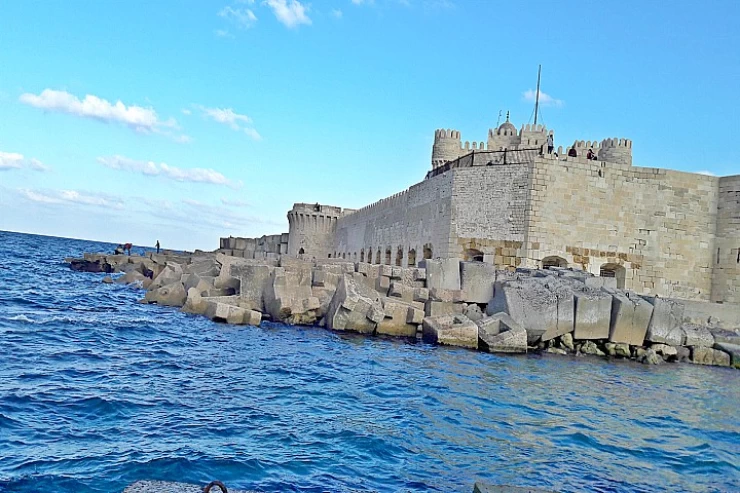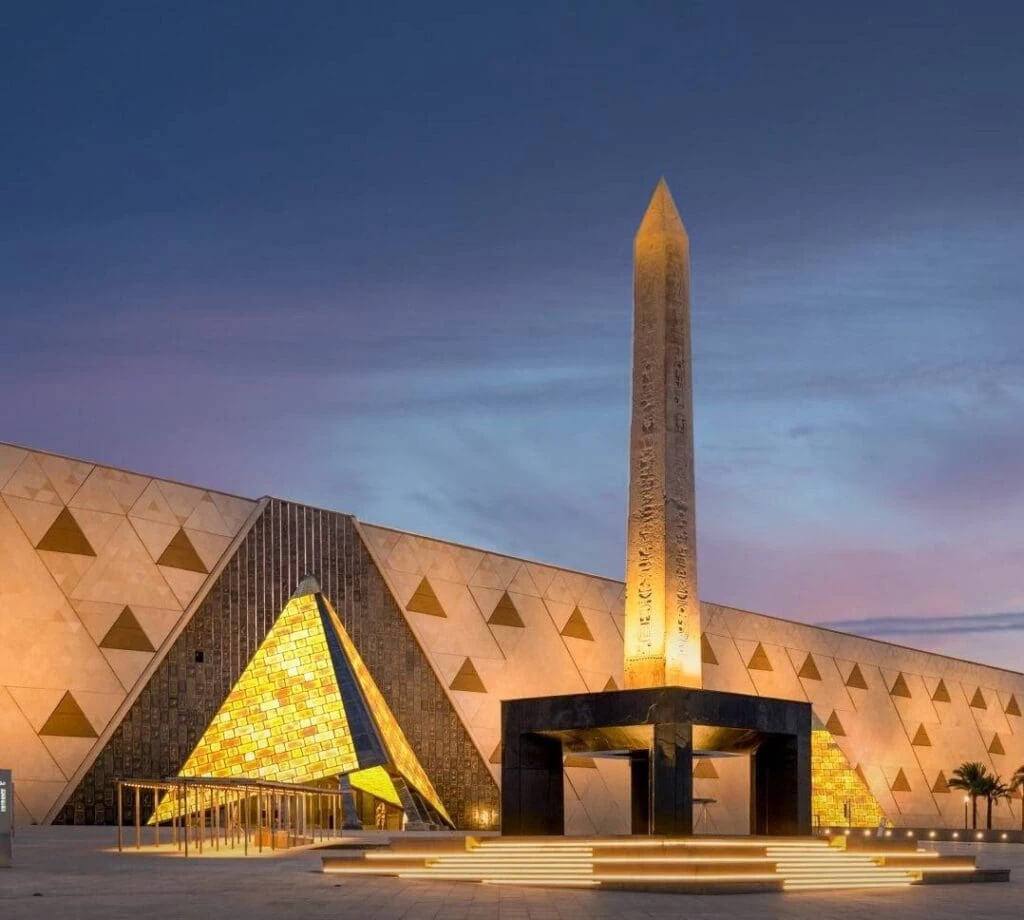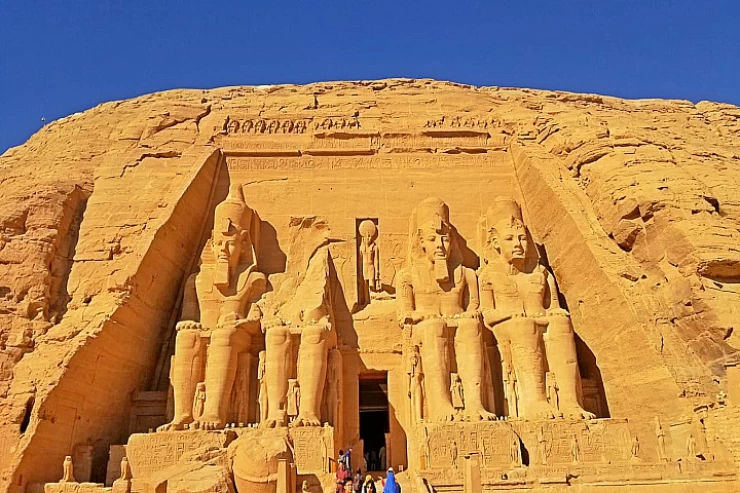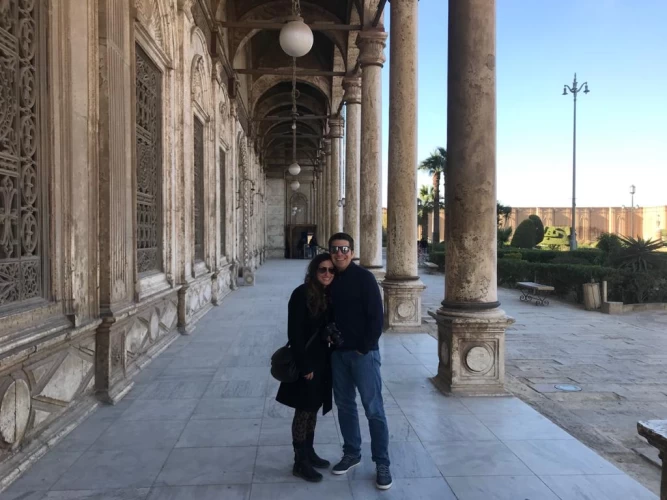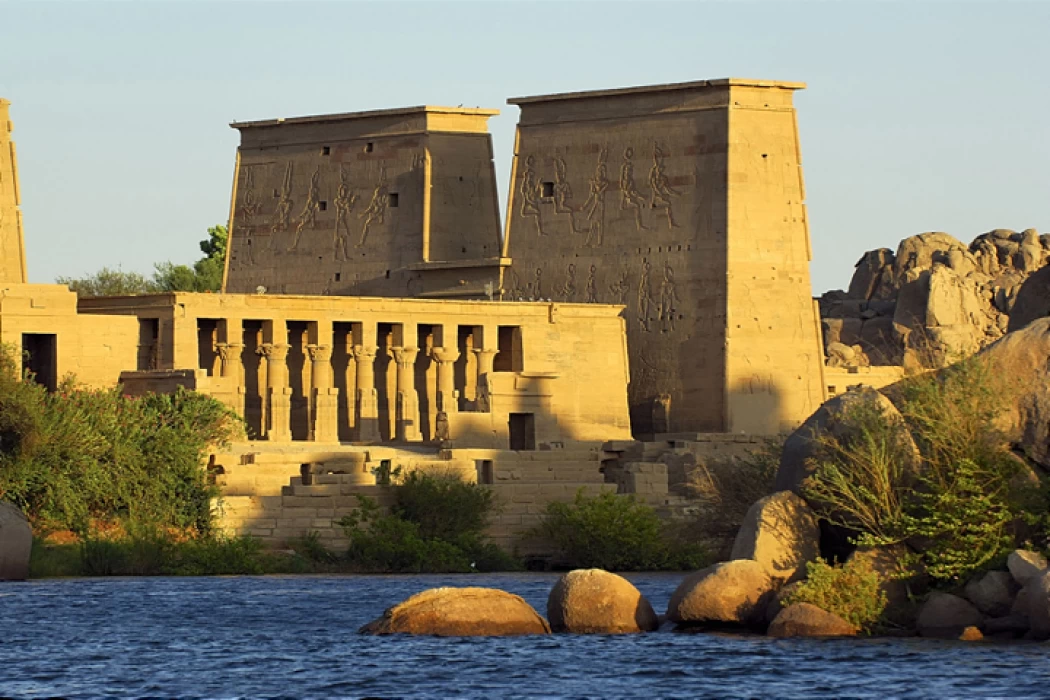
Philae Temple: The Timeless Jewel of the Nile
In the middle of the timeless Aswan Nile, the Philae Temple, “the pearl of Nile temples” and one of the oldest ancient Nubian Egyptian temples, Philae Island was of great importance to the ancient Egyptians, due to its picturesque location, as it formed a natural geographical border with Aswan Island, as it formed a natural geographical border with Aswan Island.
It was known in Egyptian texts as the dividing line, in an island in the middle of the Nile and the history of an ancient civilization in one of the Nubian monuments that were saved from drowning after the construction of the High Dam, an island located in the middle of the Nile River. Egypt Travel Packages often include a visit to this ancient marvel.
It is one of the strongest fortresses along Egypt's southern border, separating the Nile into two opposite channels in Aswan, which had a Philae temple that was moved from its original location on Philae Island and assembled on Agilika Island, following the construction of the High Dam.
Philae Temple witnessed a large turnout of tourists from different countries of the world who were keen to visit the monuments and enjoy the ancient Egyptian civilization, and visit the temple, which is an island in the middle of the Nile River and one of the strongest fortresses along Egypt's southern border. Egypt Shore Excursions often include this iconic temple as a must-see destination.
The Temple of Philae, which began construction during the reign of King Ptolemy II, and contributed to the construction of several Ptolemaic kings, which was dedicated to the worship of the goddess Isis, is the main temple on the island, in addition to several other temples, including the Temple of Hathor and the Temple of Horus. Egypt Day Tours frequently offer guided visits to Philae Temple as part of the itinerary.
The earliest known monuments to the temples of Philae date back to the reign of King Taharka, one of the kings of the Twenty-Fifth Dynasty.
Since the completion of the construction of the first Aswan Dam in 1902 AD, the Nile waters besieged the temple and Philae Island for most of the year, with its valuable archaeological stock, and with the near completion of the construction of the High Dam, during the era of the late President Gamal Abdel Nasser, in 1960 AD, the situation worsened. The island and its monuments were threatened to be completely and forever submerged, which made the Egyptian government hold talks to save the Philae Temple from the dangers of rising water levels.
In May 1968, the Egyptian government decided to relocate this group of temples, including the Philae temple, and rebuild them on the neighboring island of Agilka, 600 meters away from Philae Island. To implement this project, the campaign had to provide two-thirds of the cost of the project, so it decided to present it to UNESCO, which in turn decided to launch an international appeal on September 22, 1968, to save Nubia's monuments.
Stages of the project to save Philae Temple: Work on archaeological photography and drawing began in 1972 AD, and in 1974 AD, a temporary metal dam consisting of two rows of steel plates was built around the island, with one million cubic meters of sand between them, to prevent the flow of water into the island.
All the archaeological blocks of the Philae temple, about 4,200 blocks, were dismantled and moved to the island of “Agilka” in 1977, and finally the transportation and construction of the parts of the Philae temple were completed and meticulously reassembled, preserving its inscriptions, most of which had melted, and opening it to visitors in 1980.
The name Philae or Philae goes back to the Greek language, which means “Habiba” or “Habibat”, while the Arabic name for it is Anas Al-Wujood, due to the legend of Anas in the stories of the Thousand and One Nights, and the ancient Egyptian and Coptic name is Belak or Belakh, which means the limit or the end because it was the last border of Egypt in the south, and the worship group was dedicated to the worship of the goddess Isis, but the island contained temples for Hathor, Amenhotep and other temples.







